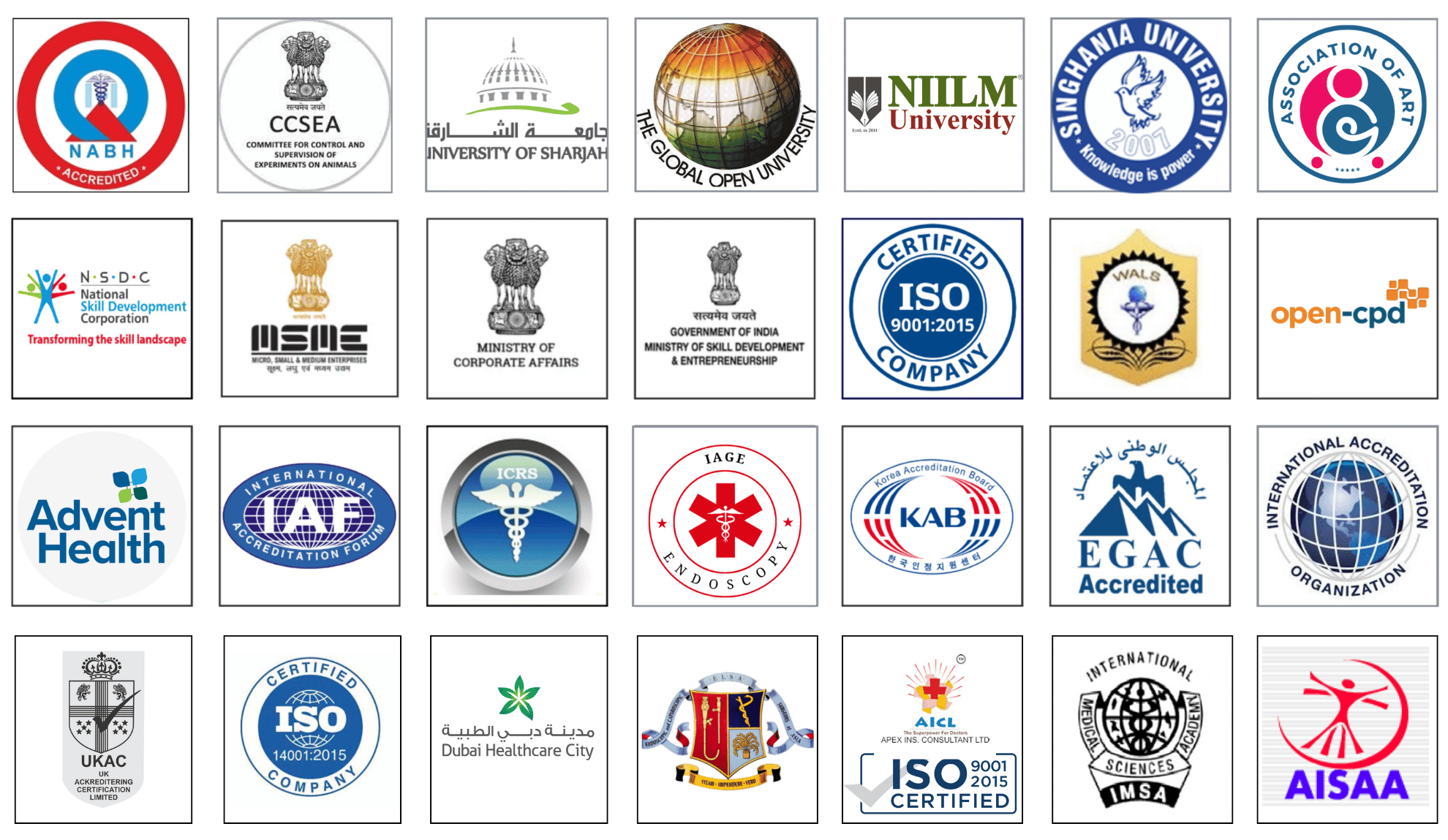video of How to Practice Suturing on the da Vinci Robot: Building Precision and Confidence in Robotic Surgery
In this step-by-step instructional video, titled "How to Practice Suturing on the da Vinci Robot: Building Precision and Confidence in Robotic Surgery," we guide you through a structured approach to mastering one of the most vital skills in robotic surgery—suturing and knot tying. With robotic systems like the da Vinci Surgical System becoming standard in urology, gynecology, general surgery, and oncology, the ability to perform smooth, controlled, and precise intracorporeal suturing is critical for surgical success.
Why Robotic Suturing Requires Practice
Unlike traditional laparoscopy, robotic systems offer wristed instruments with 7 degrees of freedom, tremor filtration, and 3D high-definition vision—making complex suturing tasks easier but requiring a new set of console-based motor skills. Developing hand-eye coordination, instrument triangulation, and tension control is key to effective robotic suturing.
What’s Covered in This Video
Getting Started with the da Vinci Console
The video begins with orientation on the surgeon console, including clutching, camera control, and instrument positioning. Familiarity with needle drivers, prograsp forceps, and suture cutters is emphasized.
Simulation-Based Training
Using the da Vinci Skills Simulator, we recommend starting with exercises like:
Needle Driving 1 & 2
Ring and Rail
Suture Sponge
These help you build basic control and spatial awareness in a low-risk environment.
Dry Lab Practice
After simulation, move to dry lab setups with foam or silicone suture pads. Practice loading the needle, taking equidistant bites, and maintaining suture tension. Learn to create square knots, slip knots, and advanced techniques like the Mishra knot or looped anastomosis.
Common Mistakes and How to Avoid Them
The video explains how to correct issues like:
Twisting the suture during entry
Poor needle alignment
Excessive tension or loose knots
Inefficient wrist movements or robotic arm collisions
Progression to Wet Lab and Clinical Application
Once dry lab proficiency is achieved, practice on animal tissues or cadaver models for real-tissue response. With faculty supervision, transition to live robotic procedures in a structured training environment like World Laparoscopy Hospital.
Best Practices for Effective Suturing
Use needle-to-needle tip control to orient properly
Keep the camera aligned with the needle axis
Utilize the fourth arm (if available) to hold or retract tissue
Maintain a consistent loop size when tying knots
Rehearse suture passage speed and rhythm for confidence
Conclusion
Practicing suturing on the da Vinci robot is a transformative journey in the development of robotic surgical expertise. With disciplined repetition, simulator-based exercises, and proper dry lab training, surgeons can build the precision, speed, and confidence needed to handle complex intracorporeal suturing during real procedures. This video offers a clear roadmap for progressive skill-building, helping you transition from novice to expert in robotic suturing.
Watch the full video for hands-on demonstrations, expert insights, and tips to improve your robotic suturing skills with efficiency and safety.
Don’t forget to like, comment, and subscribe to our channel for more surgical training content from World Laparoscopy Hospital.
No comments posted...
| Older Post | Home | Newer Post |





